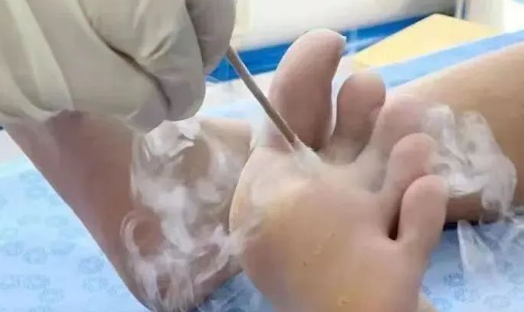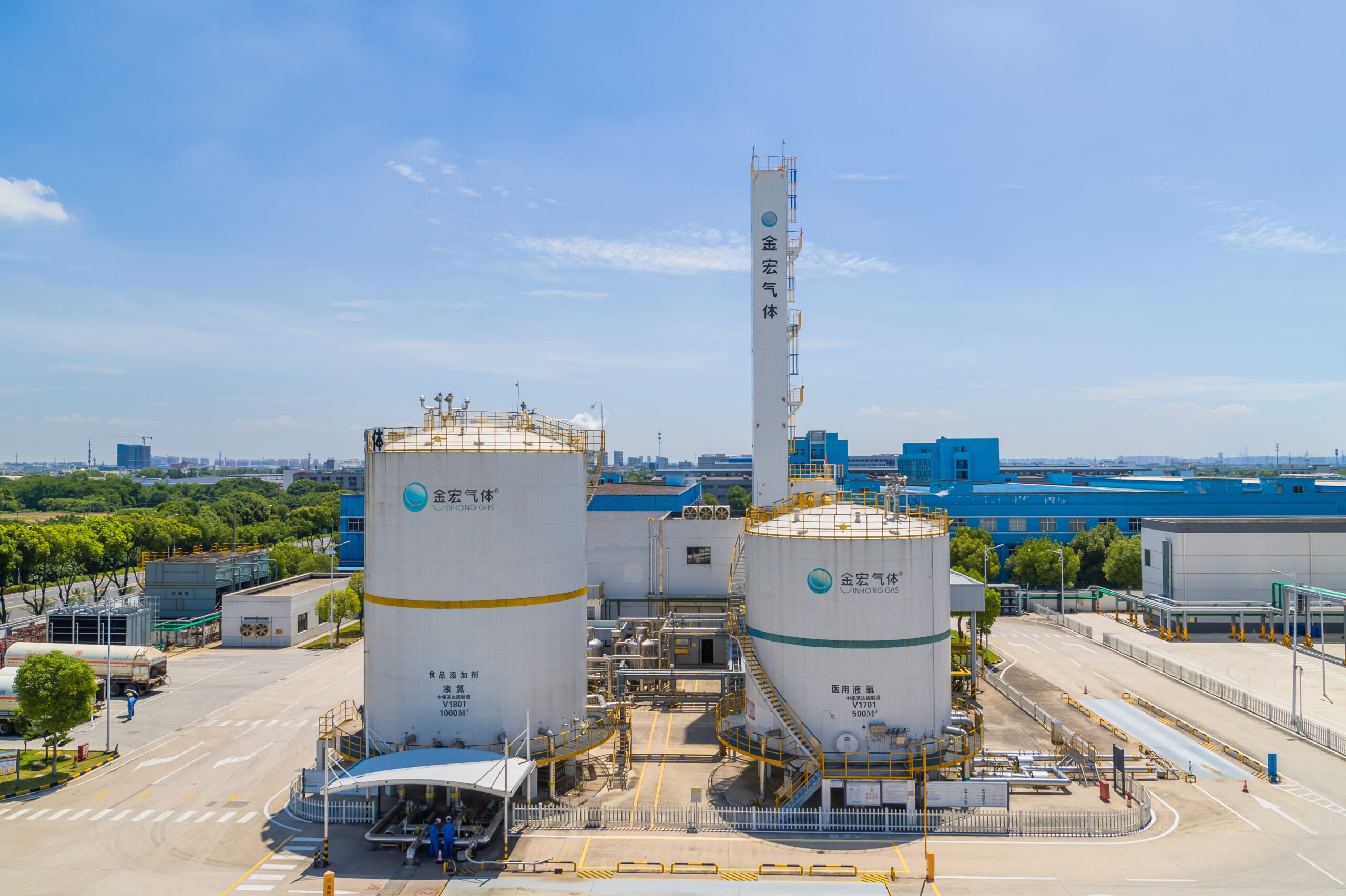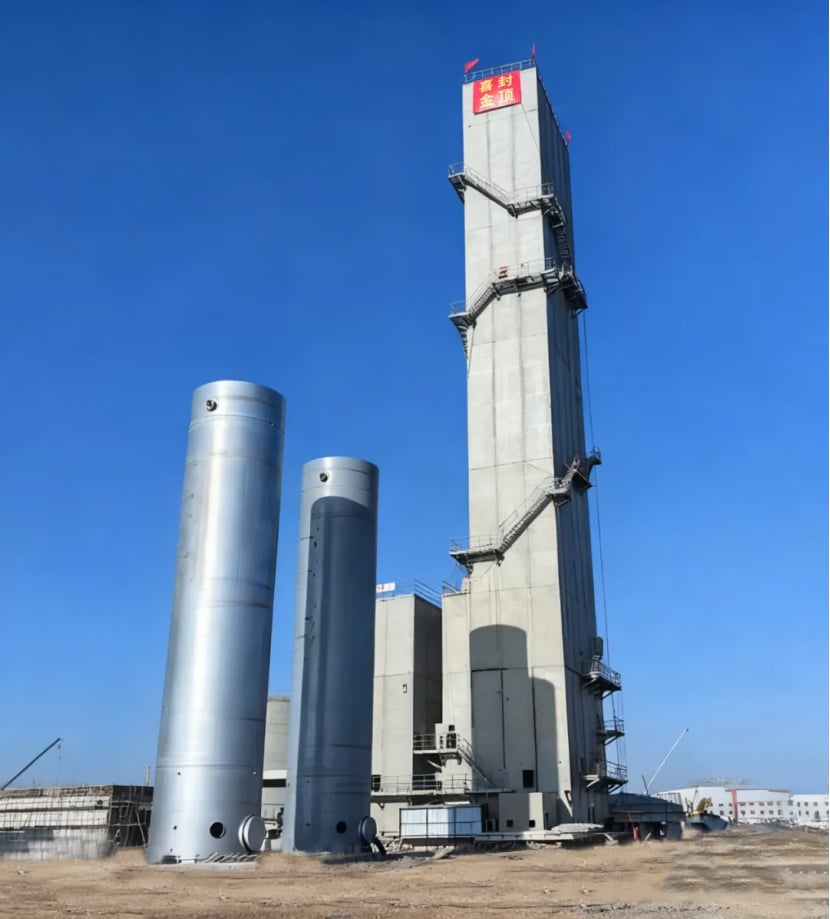In today’s fast-paced life, common skin conditions such as plantar warts, common warts, corns, and seborrheic keratosis can seem minor but often disrupt daily comfort. Traditional surgical methods may cause significant trauma, and laser treatments often involve longer recovery periods—especially challenging in hot summer months when skin care becomes harder to manage.
Now, a safe, convenient, and highly effective physical treatment—liquid nitrogen cryotherapy—is gaining popularity in dermatology. Using the “magic” of ultra-low temperatures, this treatment offers a non-invasive solution that helps rejuvenate the skin with minimal discomfort.
Overview of Liquid Nitrogen Cryotherapy Applications and Benefits
| Category | Examples | Treatment Benefits | Notes |
|---|---|---|---|
| Viral Warts | Common warts, plantar warts, flat warts, molluscum contagiosum | Destroys virus-infected tissue, high clearance rate (70–80%) | May require multiple sessions depending on lesion depth |
| Benign Skin Growths | Seborrheic keratosis, corns, calluses | Removes thickened or keratinized layers, restores smooth skin | Safe for elderly patients, minimal risk of scarring |
| Inflammatory Conditions | Chronic eczema, prurigo nodularis, neurodermatitis | Reduces nerve sensitivity, relieves itching and inflammation | Helps interrupt the itch-scratch cycle |
| Procedure Advantages | Outpatient treatment, non-invasive, fast recovery | Minimal downtime, affordable, suitable even in summer | Treated area must be kept dry; avoid sun exposure and infection |
| Contraindications | Cold urticaria, Raynaud’s disease, diabetic foot with poor circulation | Ensures patient safety by avoiding complications | Always consult a qualified dermatologist before treatment |
1. What Is Liquid Nitrogen Cryotherapy?
Liquid nitrogen is a colorless, odorless liquid gas with a boiling point as low as -196°C. During treatment, dermatologists apply liquid nitrogen to the affected area using cotton swabs, spray guns, or cryoprobes. The extreme cold rapidly freezes the cells, forming ice crystals inside and outside the target cells. This causes dehydration, rupture, and necrosis of the abnormal tissue while stimulating the regeneration of healthy skin.
Key Benefits:
- Minimally Invasive & Convenient: Treatment can be done in outpatient settings, taking only a few seconds to a few minutes per session.
- Summer-Friendly Recovery: Simple aftercare—keep the area dry, and minor sweating or brief contact with water won’t hinder healing.
- Wide Application: Effective for over 30 types of common skin issues, from viral warts to benign growths.
- Cost-Effective & Safe: Minimal damage to surrounding tissue, low risk of scarring, and more affordable than surgery or laser therapy.

2. Skin Problems Effectively Treated with Liquid Nitrogen
1. Viral Warts
Conditions like common warts, plantar warts, flat warts, and molluscum contagiosum are caused by viruses and tend to recur. Cryotherapy disrupts the viral habitat, with clearance rates reaching 70%–80%.
2. Benign Growths
- Seborrheic keratosis (age spots): Surface keratinized tissue peels away after treatment, restoring an even skin tone.
- Corns and calluses: Targeted freezing removes thickened skin layers, relieving pain and improving mobility.
3. Inflammatory & Itchy Skin Diseases
For chronic eczema, prurigo nodularis, or neurodermatitis, cryotherapy can reduce nerve sensitivity, offering fast relief from itching and inflammation and helping to break the itch-scratch cycle.
3. Treatment Experience: Quick, Gentle, and Reassuring
Before Treatment:
A professional dermatologist assesses the lesion and screens for contraindications (e.g., severe cold sensitivity, diabetic foot circulation issues).
During Treatment:
- Sensation: Patients may feel a brief stinging or cold sensation, which is generally well tolerated.
- Application: The doctor selects the appropriate method (cotton swab or spray) based on lesion size, ensuring precise targeting of only the affected tissue.
After Treatment:
- Expected Reactions: Redness, blisters, or even blood blisters may form, typically resolving within a few days.
- Simple Aftercare:
✅ Keep the treated area dry and avoid friction
✅ Do not puncture blisters; large ones should be treated by a doctor
✅ Let scabs fall off naturally, avoid infection or sun exposure - Recovery Timeline: Surface lesions heal in 1–2 weeks; thicker areas like soles may take about 4 weeks. Any temporary pigmentation usually fades in 3–6 months.
4. Important Considerations: Know the Facts for Safer Results
- Not a “One-Time Cure”: Deeper or larger lesions may require multiple sessions (spaced 3–4 weeks apart), and recurrence can vary between individuals.
- Contraindications: Those with severe cold urticaria, Raynaud’s disease, or peripheral vascular disease (e.g., diabetic foot) should avoid cryotherapy.
- Professional Treatment Matters: DIY cryotherapy can lead to frostbite or infections. Always seek treatment from certified dermatology clinics.
About Jinghong Gas – Reliable Liquid Nitrogen Supplier for Medical Use
At Jinghong Gas, we are committed to providing high-purity liquid nitrogen and other medical-grade gases essential for modern healthcare solutions. Our cryogenic products are widely used in dermatology clinics, hospitals, and research facilities across the country. With a strong focus on quality control, stable supply, and safe packaging, Jinghong Gas helps ensure that treatments like cryotherapy are carried out effectively and safely. Whether you are a medical institution or industrial client, we offer tailored gas solutions with professional service and technical support.



